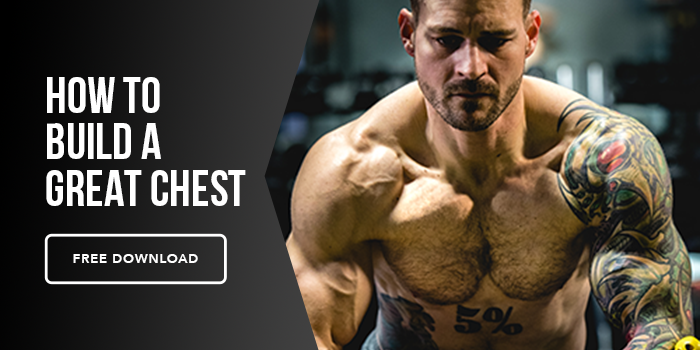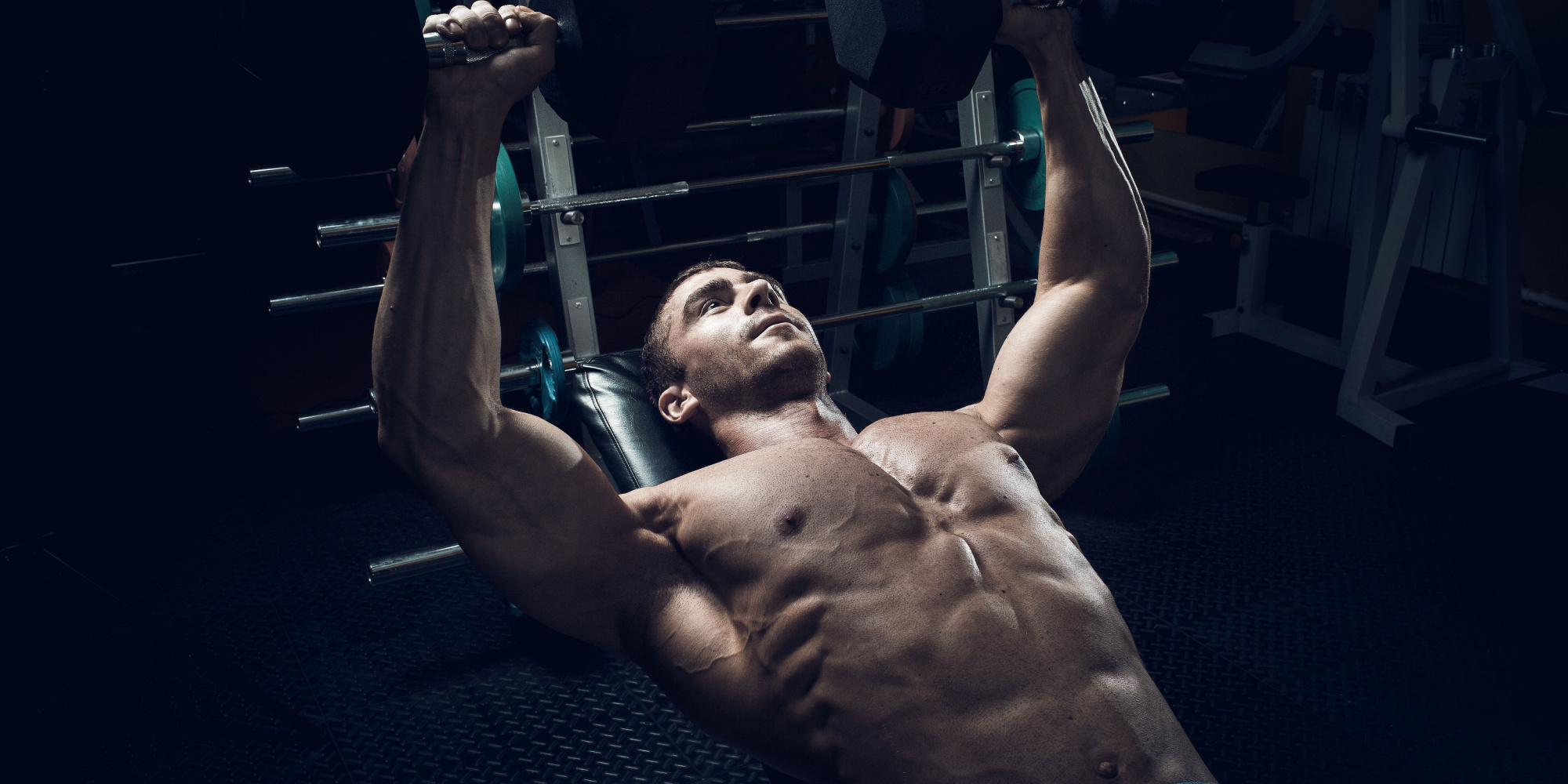A well-developed chest is something most men strive for (what’s not to like?). Having a muscular chest can help men feel more confident, but this masculine look can be difficult for some guys to attain.
Pushing a weight away from your chest and bringing it back in doesn’t sound complex—and it really isn't—but it’s easy to miss out on small but important components of what makes a successful chest workout.
The best chest workouts for men include these components:
1. High Volume
Try getting a bigger chest with one chest workout a week, and let me know how that goes. To enhance certain musculature, there is actually a certain formula you should use. Volume is sets x reps x weight used; completing 3 sets of 8 reps benching 100 pounds, 3 times a week, comes out to a 7,200 weekly volume.
(3 x 8 x 100=2,400 x 3=7,200)
The more often you lift, or the reps you accumulate per week, the greater your volume will be. This is a pretty effective, and easily adaptable method, if you want a bigger chest.
If you’re including chest exercises in only one workout during the week, you need to be doing more. For a beginner, I’d suggest starting with 2 chest days a week, while an intermediate to more advanced lifter can do 3 (maybe 4) chest workouts a week.
The more chest workouts you do, the shorter your training period will probably be. Sustaining 4 chest workouts a week is pretty challenging, so consider only doing this for 4 to 6 weeks to prevent fatigue and plateaus.
2. Tempo Manipulation
You lift and lift and lift, and yet your chest doesn’t seem to grow. The best chest workouts I see are ones where there is an emphasis on slowing down; this can be throughout the entire rep, during the concentric portion, or eccentric portion. There are plenty of ways to work it!
If you’re at the gym, you’ll typically see someone with a 2-1-2-1 tempo; they lift for about 2 beats, pause for one, lower for 2 beats, then pause for 1, before starting the next rep. There is nothing wrong with this, but experimenting with varying tempos can initiate a muscle activation response you haven’t seen (or felt!) in a while.
Next time you do a chest press exercise, try a 5-1-5-1 tempo, and it’ll be impossible not to notice a difference. Just make sure to lower the resistance in anticipation of this new stimulus.
3. Unilateral Exercises
I can bet that one of your arms can press more than the other; it doesn’t mean there is anything wrong, but it’s just very common to develop muscle imbalances (especially as we get older).
One way to combat this is to perform unilateral exercises into your chest routine. Not only are you disallowing one side to compensate over the other, but you’re also creating an added challenge you don’t get with bilateral exercises, and you get some great core activation as well
4. Different Lifting Angles
To achieve a well-rounded and developed chest, you’ve got to include flat, incline, and decline variations of the chest press in your routine; it’s important to target different areas of the chest, which can be achieved with the 3 variations just mentioned.
If you’re constantly sticking with flat versions of the chest press, you’ll probably struggle a bit with the incline and decline exercises. As you may know, challenging a muscle in a way that hasn’t been regularly exercised before will create a stimulus that your muscle will respond to, so you probably won’t be able to lift as much weight.
You don’t need to perform every chest exercise at a decline or incline, but adding these versions can enhance your chest workouts.
If you’re struggling to get a chest program going for yourself, I’d suggest giving MAPS Chest Mod a shot for workouts that will test you and give you results.





